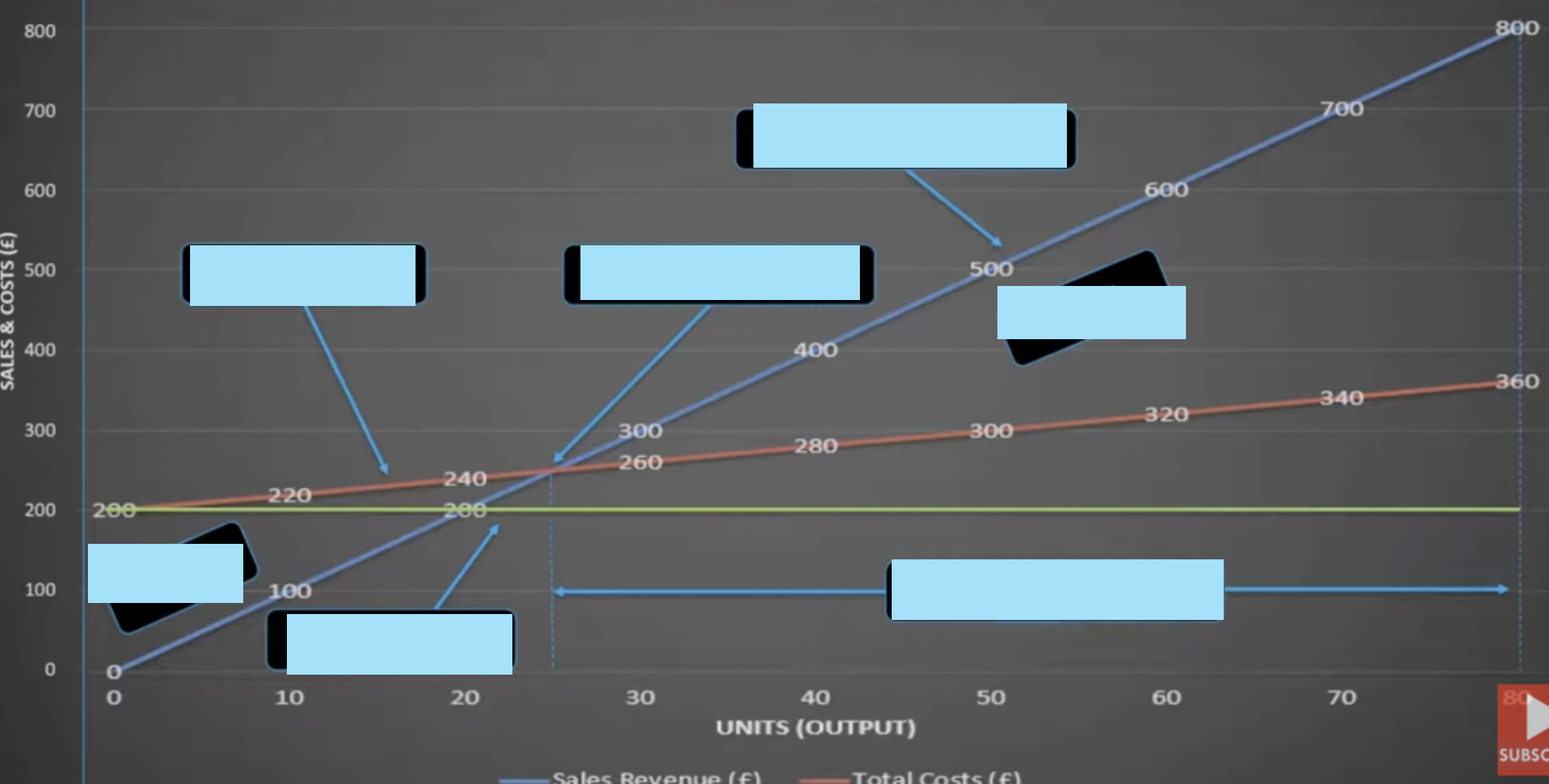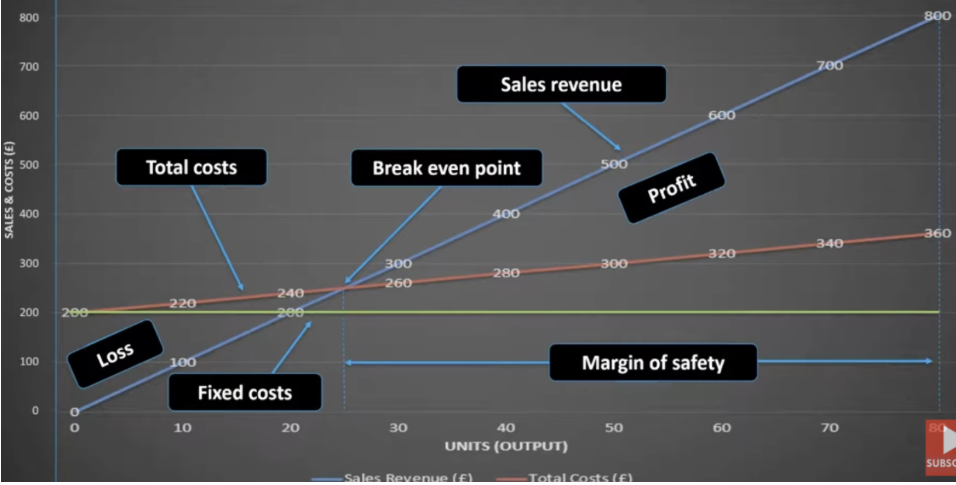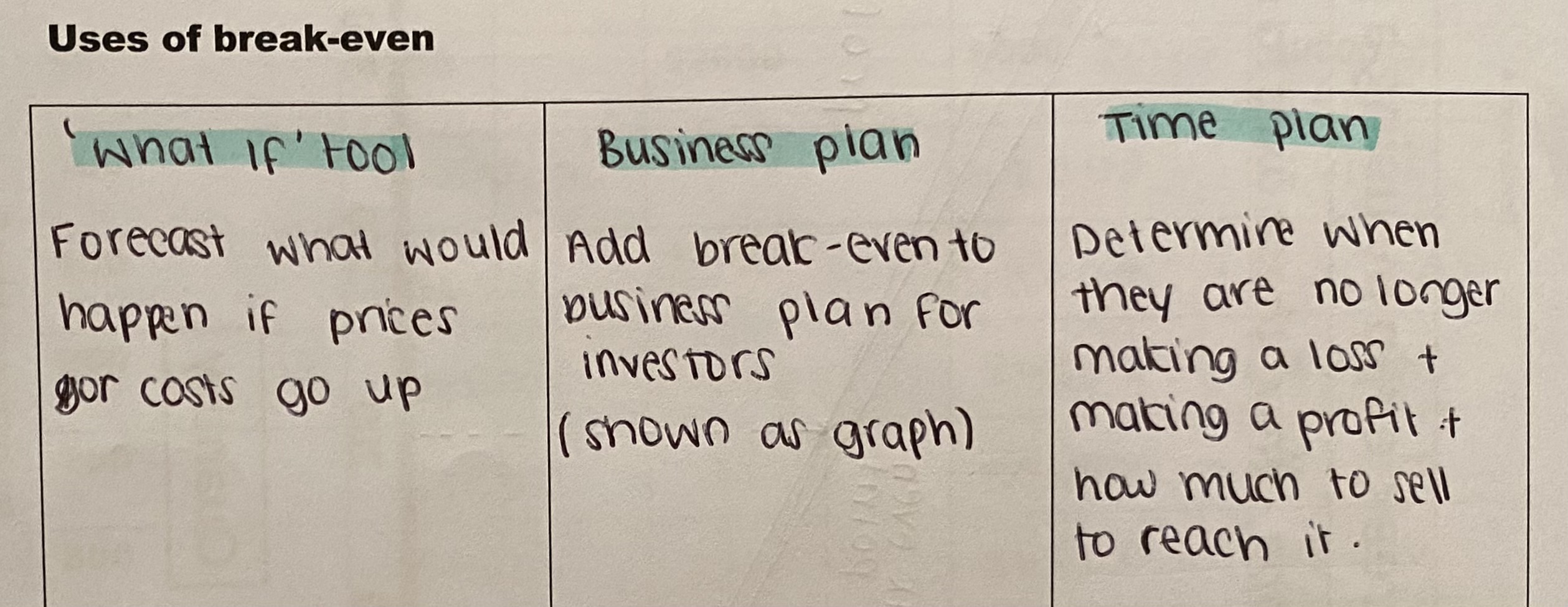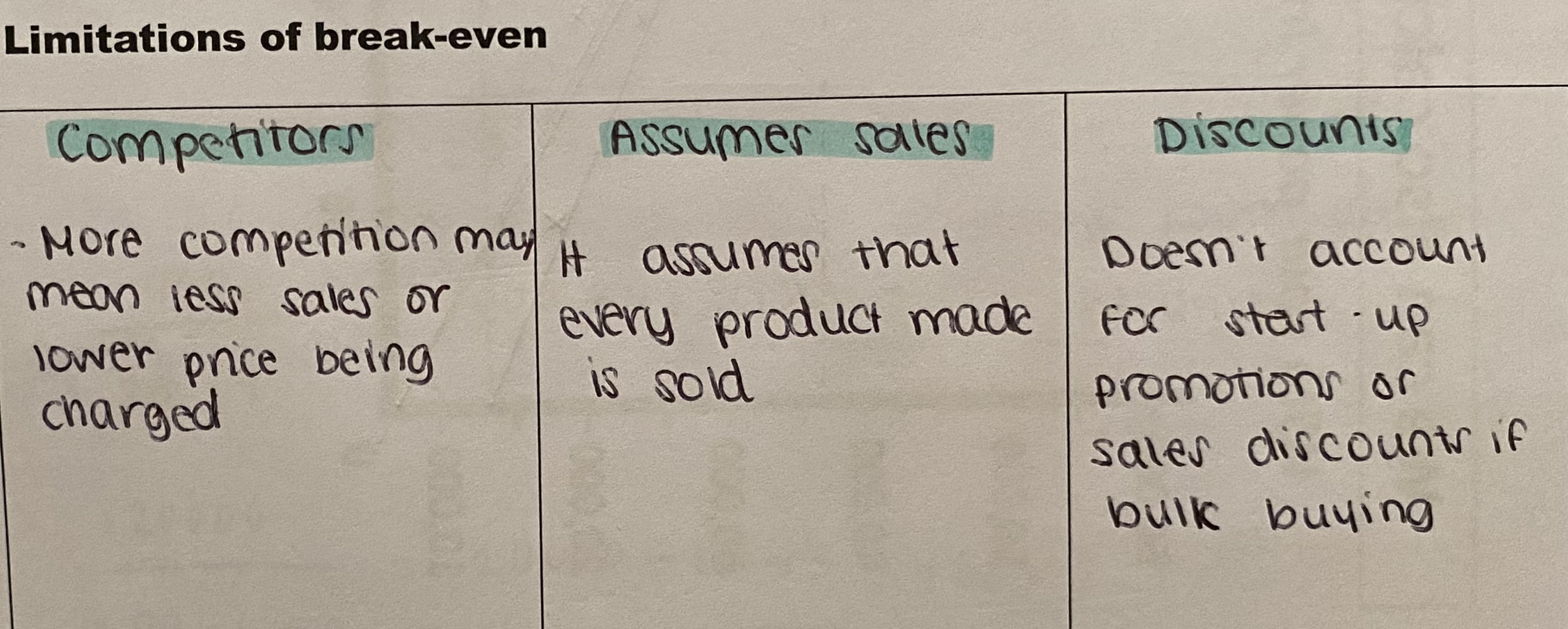Business: Finance
1/32
There's no tags or description
Looks like no tags are added yet.
Name | Mastery | Learn | Test | Matching | Spaced |
|---|
No study sessions yet.
33 Terms
What is the role of finance function?
Calculate profit & loss using SR & PC
Forecast cashflow + decide if finance is needed
Manage payments
Arrange finance (loans etc)
Calculate break even output needed
Calculate ARR
What is the definition of finance?
The money raised and used by a business
WHat is the definition of the finance function?
The financial department, usually only found in larger businesses as small businesses usually employ a firm of accountants to help with their finance function.
What is the definition of financial information?
Includes details of profits, loss, cashflow, break-even, profit margin and average rate of return. This info is used in business decision making.
Why do businesses need to raise finance?
Establishing a business - Pay for upfront costs e.g. rent, furniture & machinery
Funding expansion - Pay for a larger factory, machinery, more stock or materials to support an increase in scale
Recruitment - Recruitment is always needed & wages / salaries need to be paid (start up, expansion, staff leaving)
Marketing - Campaigns, ads & public reations (maintaining a good image)must be funded
Running the business - Buying materials, paying for utilities, paying wages
What are all the sources of finance (9)
Owners capital
Retained profit
Sale of assets
Overdraft
Trade credit
New partner
Loan
Shar issue
Crowdfunding - money donated by investors / customers
What are the Advantages and Disadvantages of Owners Capital?
Adv | DisAdv |
No need to repay | Owner risks savings |
No interest | May not have enough |
Doesn’t affect ownership or control |
What are the Advantages and Disadvantages of retained profit?
Adv | DisAdv |
No need to repay | May not have made profit yet |
No interest | Owner won’t keep profit as income |
What are the Advantages and Disadvantages of Sale of assets?
Adv | DisAdv |
No need to repay | May be difficult to sell |
No interest | No longer have the benefit of the asset |
Good if selling old machinery or stock | May take time to sell |
What are the Advantages and Disadvantages of Overdraft?
Adv | DisAdv |
Meets short-term cashflow problem | Interest charged daily |
Interest paid only on what is owed | |
Only repaid when not needed / business closes |
What are the Advantages and Disadvantages of Trade Credit?
Adv | DisAdv |
Have goods to sell before paying for them via credit period (30/60/90 days) | Goods must be paid for even if they don’t sell |
No interest if paid back on time | Interest charged on late payment |
Can help with cashflow problems |
What are the Advantages and Disadvantages of Taking on a New partner?
Adv | DisAdv |
May bring new skills | Share ownership, control & profits |
Don’t need to repay | Sole traders become partnerships |
No interest |
What are the Advantages and Disadvantages of a loan?
Adv | DisAdv |
Paid in fixed sums monthly over period of time | Interest |
Money is available immediately | May need to give the lender security |
What are the Advantages and Disadvantages of a Share issue?
Adv | DisAdv |
New investors can contribute lots of money | Share control, ownership & decisions |
Don’t have to repay | Pay dividends |
No interest | Shares only sold by PLC or LTD |
What are the Advantages and Disadvantages of Crowdfunding?
Adv | DisAdv |
Can contribute lots of money via loans, donations or investing | Interest if money raised through a loan |
Don’t need to repay | Shared ownership if money is from investors |
No interest |
What types of finance are short term?
Owners capital
Trade credit
Sale of assets
What types of finance are mid term?
Owners Capital
Sale of assets
Bank loan
Crowdfunding
What types of finance are long term?
Owners capital
Sale of assets
Retained profit
Bank loan
Crowdfunding
New Partner
Share issue
What is revenue and the formula?
The money coming into the business through sales
Quantity sold x Selling price = Total Revenue
What are the different types of costs?
Variable costs - Change depending on output of business e.g. materials, tax, wages
Fixed Costs - Don’t change even if output changes and usually paid monthly e.g. rent, salaries
Total Costs - FC + TVC
What are the types of profit and the formula?
The total amount of money made left from sales after deducting costs
Profit is only made if there is more revenue than costs.
If there is less revenue than costs, you have made a loss.
Gross Profit = Sales (TR) - Cost of sales (TVC)
Net Profit = Gross profit - Operating costs (FC)
Total Revenue - FC - TVC = Profit
What are the benefits of keeping costs low?
Better profit margin
Reduce sales price → more sales
Lowers the breakeven → make profit quicker
Profit Margins
Gross profit margin = Gross profit / Total Revenue x100
Net Profit margin = Net profit / Total Revenue
What is ARR and the formula?
Average Rate of Return is used for decision making as it determines the profitability of an investment
ARR= Avr annual profit / initial capital outlay x100
Advantages and Disadvantages of ARR
Adv | DisAdv |
Easily understood | Ignored time-value of money (Inflation) |
Easy to calculate | Limited to one metric |
Quick comparison of investments | Reliance on estimates |
Useful in decision making | |
Long-term performance evaluation |
What is Break-Even and what is the formula?
The point when the total revenue equals the total costs. You are not making a profit or a loss. Calculates how much each unit contributes to initial costs and long-term profits.
Fixed Costs / Selling price - VC = contribution
(Per unit)
Advantages and Disadvantages of Break-even
Adv | DisAdv |
Quick, simple & helps decision making | Only a forecast |
Predicts level of risk | Not good for services as prices vary |
Shows potential profitability | Assumes all products made are sold |
Shows no. of units to sell before making a profit | Costs can change |

Label this break even graph

Uses of Break Even

Limitations of Break Even

What is cashflow forecast?
A Statement showing the expected flow of money into and out of a business over a period of time
What are the uses of a cashflow forecast?
Planning tool, get a loan
Anticipate shortfall of cash & arrange finance
Provides targets (enough cash to pay bills in a shortfall)
May not always be accurate:
Sales may not be as high as expected, higher costs or lower prices
What is liquidity?
The business is able to pay its bills